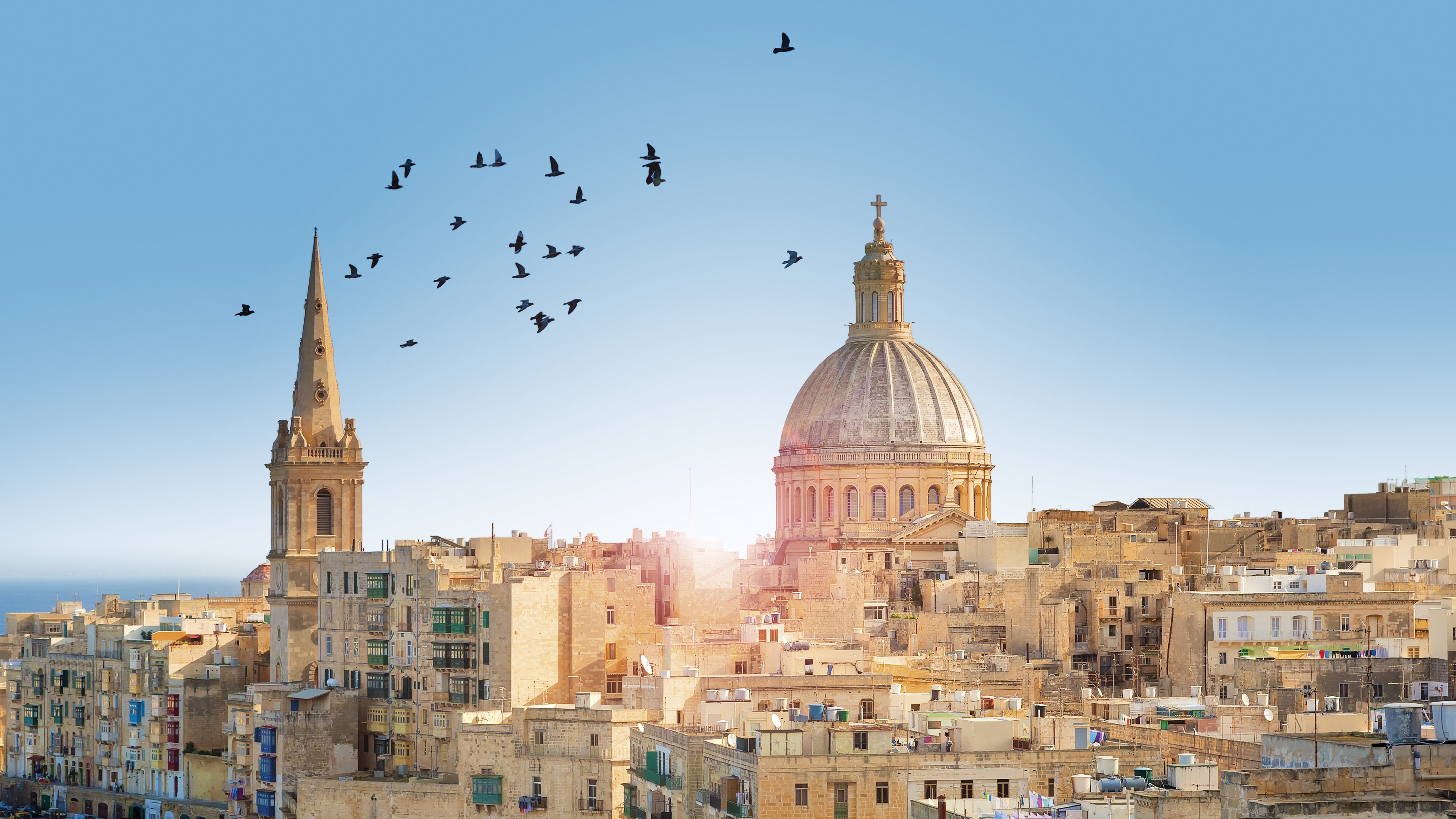About Studying in Malta
Most of the colleges and universities in Malta are clustered around capital Valletta, on the north-east coast of Malta Island. The largest of these is the University of Malta, a publicly funded university which has around 11,000 students, including about 700 international students.

Why study in Malta?
Malta may be small, but it’s also packed with things to see and do. The country’s thriving tourism industry has spurred on the development of its lively nightlife and cultural scenes, as well as a wide range of outdoor pursuits, from tennis and golf to paragliding and snorkelling. So, living in Malta promises to be anything but dull!

Education system
The Maltese educational system is very similar to the British one; Primary education of 6 years > Secondary education of 5 years. To enter higher education in Malta students need Matriculation examination certificate, this is equivalent to the british A-levels and is rewarded after the additional two years of study. These two years are carried out in sixth form college/junior college or another post-secundary education before applying for a university.

Language
Since both Maltese and English are official languages in Malta the teaching in Maltese schools is also conducted in both languages. In higher education most courses are taught entirely in English. Popular elective languages among Maltese students are Italian and French.
Universities
The public university system in Malta also includes the Malta College of Arts, Science and Technology in Paola (just south of Valletta) and the Institute of Tourism Studies in St Julian’s (to the north-west). Along with the University of Malta, all of these participate in the EU’s Erasmus exchange program and the Bologna Process for compatibility of higher education across Europe. The official teaching language is English, though international students are also encouraged to learn Maltese.
University of Malta
The University of Malta is the highest teaching institution in Malta. It is publicly funded and is open to all those who have the requisite qualifications. The University's structures are in line with the Bologna Process and the European Higher Education Area. Conscious of its public role, the University strives to create courses which are relevant and timely in response to the needs of the country. The supreme governing bodies of the University are the Council and the Senate. There are some 11,500 students including over 600 international students from 71 different countries, following full-time or part-time degree and diploma courses, many of them run on the modular or credit system. The University regularly hosts a large number of Erasmus and other exchange students. A basic Foundation Studies Course enables international high school students who have completed their secondary or high school education overseas but who do not have the necessary entry requirements, to qualify for
Institute of Tourism Studies
Founded in 1987, Institute of Tourism Studies is a public higher education institution located in the small town of St. Julian's (population range of 2,500-9,999 inhabitants). This institution has also branch campuses in the following location(s): Qala. Officially accredited and/or recognized by the Ministry of Education, Malta, Institute of Tourism Studies (ITS) is a coeducational higher education institution. Institute of Tourism Studies (ITS) offers courses and programs leading to officially recognized higher education degrees in several areas of study. See the uniRank degree levels and areas of study matrix below for further details.
Malta College of Arts, Science and Technology
Founded in 2001, Malta College of Arts, Science and Technology is a public higher education institution located in the small town of Paola (population range of 2,500-9,999 inhabitants). Officially accredited and/or recognized by the Ministry of Education, Malta, Malta College of Arts, Science and Technology (MCAST) is a coeducational higher education institution. Malta College of Arts, Science and Technology (MCAST) offers courses and programs leading to officially recognized higher education degrees such as pre-bachelor degrees (i.e. certificates, diplomas, associate or foundation degrees), bachelor degrees, master degrees in several areas of study. See the uniRank degree levels and areas of study matrix below for further details.
Tuition fees
Tuition fees at top-ranked universities in Finland
| # | Name | Average tuition fees |
|---|---|---|
| 1 | University of Malta | => 1,000 US$ |
| 2 | Institute of Tourism Studies | => 1,000 US$ |
| 3 | Malta College of Arts, Science and Technology | => 1,000 US$ |
Living, acoomodation and tuition costs
Like its tuition fees, the cost of living in Malta is relatively low, especially when compared to the high quality of life students in the country are offered on a daily basis. The smallest country in the European Union, Malta provides its stunning beaches, world-class education, and rich culture of a relatively low fee.
Overall, rent tends to be approximately 1000EUR each month, which is a low price in a tropical paradise. Meals and drinks, social excursions, and cultural adventures also come at a lower price tag than many other Mediterranean destinations, which makes the country and ideal one in which to study.
| Name | Euro | US Dollars |
|---|---|---|
| Accommodation | 500 | 589 |
| Meals | 250 | 294 |
| Telephone/ WIFI | 25 | 29 |
| Local Transport | 40 | 47 |
| Books, stationery, etc | 70 | 82 |
| Leisure activities | 170 | 200 |
| Laundry | 20 | 24 |
| Total | 1,075 | 1,265 |
Some useful information
Essential Facts about Malta
The capital of Malta is Valletta.
The population of Malta is 412,000.
Malta is registered as a World Heritage Site by UNESCO in 1980.
The gross national product in Malta is 8.3 billion.
The government operates as a parliamentary republic.
The official language is English and Maltese.
Secondary languages are French, Italian, German, and Spanish.



.png)
